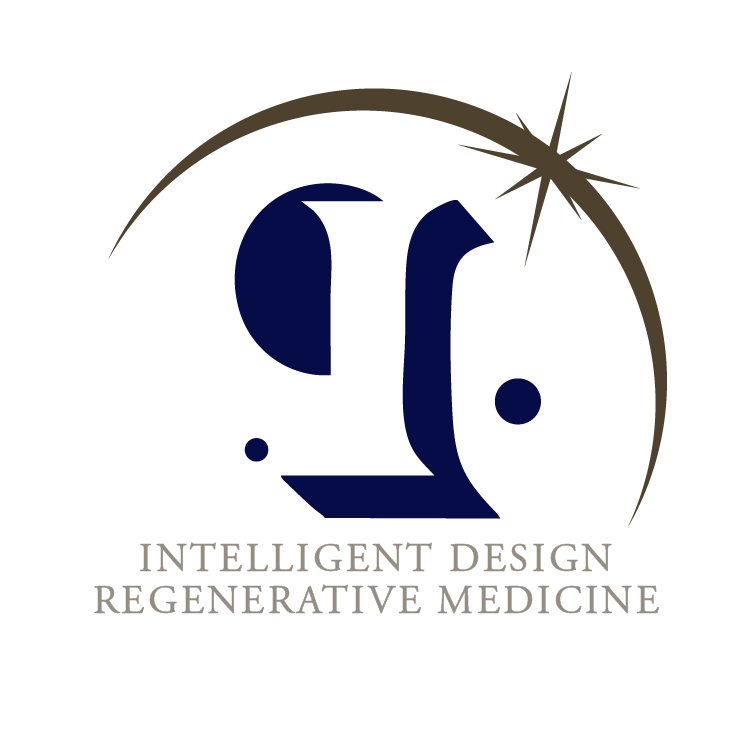How Regenerative Medicine Works: A Deep Dive into Cellular Healing & Growth Factors

When an injury happens, your body’s natural response is to heal. But sometimes, that process slows down, stalls, or results in scar tissue instead of full restoration. That’s where regenerative medicine comes in. By working with your body’s own repair systems, regenerative therapies don’t just mask symptoms — they support and accelerate true healing at the cellular level.
Repair vs. Regeneration
- Repair: Think of patching a hole with duct tape. The problem is covered, but the original strength isn’t restored.
- Regeneration: Instead of a patch, your body rebuilds the original material — restoring form and function as closely as possible.
Regenerative medicine aims to shift your body from “repair mode” into “regeneration mode.”
The Key Players in Regeneration
- Growth Factors
These are signaling proteins released at the site of injury. They act like text messages to your cells, telling them to divide, move, and rebuild tissue. PRP (Platelet-Rich Plasma) is full of concentrated growth factors. - Cellular Response
Local cells, including fibroblasts and progenitor cells, respond to growth factors by making collagen, elastin, and other building blocks of tissue. - Extracellular Matrix (ECM)
The ECM is like scaffolding. It provides structure so new tissue can grow in the right way. - Inflammation (the Good Kind)
Short-term inflammation is essential. It’s the “construction crew” that clears out damaged tissue and sets the stage for healing. Chronic inflammation, however, is like workers who never leave — and regenerative therapies help calm that process.
Examples of Regenerative Therapies
- PRP (Platelet-Rich Plasma): Uses your own blood to deliver high concentrations of growth factors.
- Peptide Therapy: Small chains of amino acids that can trigger healing responses, tissue repair, and anti-inflammatory effects.
- SoftWave Therapy: Uses acoustic waves to stimulate circulation, stem cell activation, and tissue regeneration.
- Joint Injections: Designed to reduce pain and improve mobility while encouraging long-term healing.
What This Means for Patients
- Faster Recovery: By enhancing your body’s own healing, downtime is often shorter.
- Less Reliance on Surgery: Many people avoid invasive procedures with regenerative options.
- Natural Healing: Since most treatments use your body’s own biologic materials, the risk of rejection or complications is lower.
- Lasting Results: Instead of temporary relief, regenerative medicine supports long-term restoration.
Final Thoughts
Regenerative medicine is not a miracle cure, but it’s a powerful tool to help your body heal itself. By understanding the science — growth factors, cellular repair, and targeted therapies — patients can make informed choices about their care.
At Intelligent Design Regenerative Medicine, we’re committed to guiding you through these advanced treatments with honesty, safety, and results in mind.
📞 Ready to explore your options? Contact us today to learn how regenerative medicine can help restore your health naturally.


